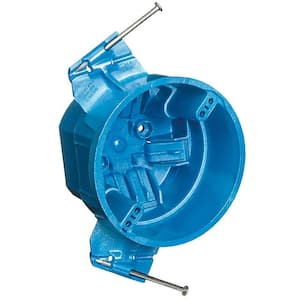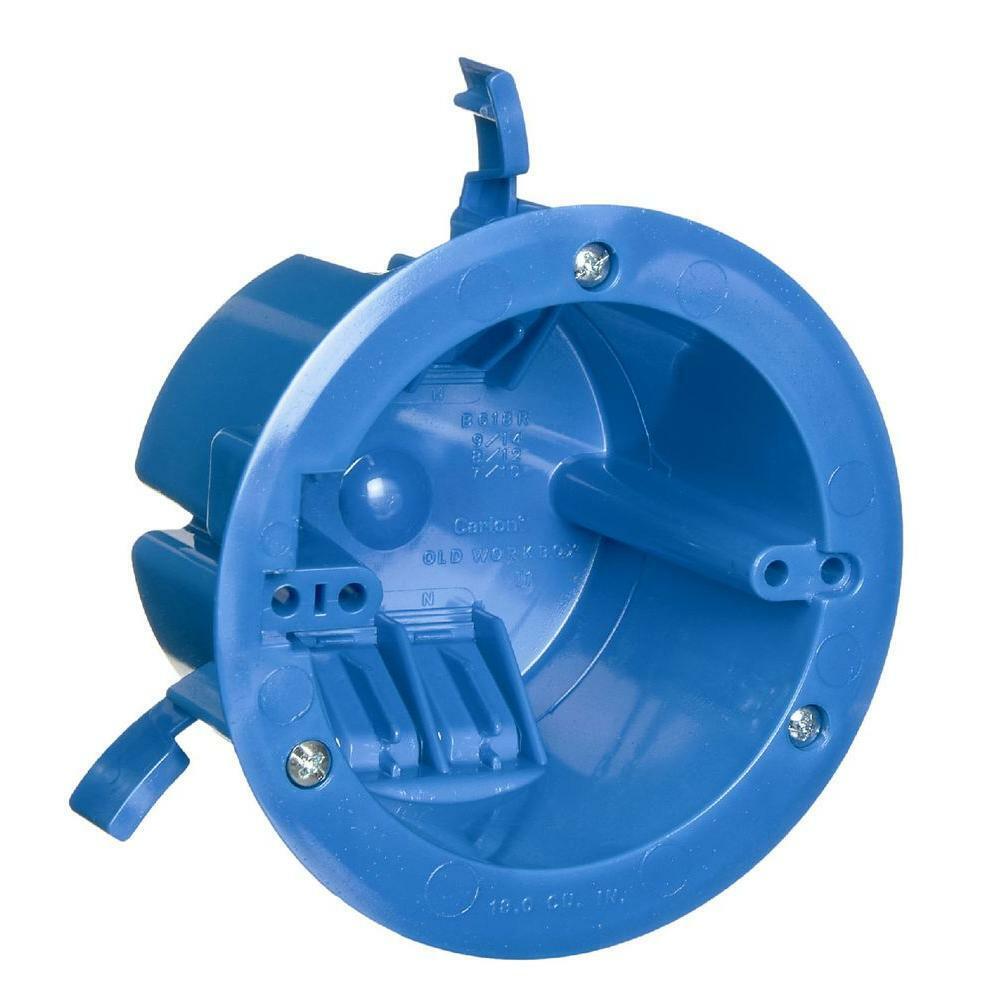How to distinguish switch box from junction box?
How to Distinguish Switch Box From Junction Box
When wiring your home, you need to know the difference between a switch box and a junction box. Both are essential for protecting your electrical connections from fire and electrocution.
A junction box is an enclosure for all the wire connections that join together a switch, outlet or other device. It helps prevent fires and injuries from live wires by fully enclosing them.
Switch Box vs. Junction Box
Whether you are adding a light switch or outlet to your home, it’s important to know how to distinguish between a switch box and a junction box. This can help you make the right decisions in your next project and ensure that everything is installed correctly and safely.
There are many different types of electrical boxes available, so it can be difficult to decide which one is the best choice for your needs. While most electrical boxes are designed to enclose wiring, they come in different shapes and sizes so that you can find the one that’s ideal for your project.
While most people are familiar with standard plastic electrical boxes that are typically nailed to the framing of the house, there are many other varieties as well. Those that are used as junction boxes, in particular, can be made of metal or plastic and have an enclosure for wire splices.
Wire splices are the connections between wires, which are usually twisted together and covered with plastic caps before being taped or sealed with tightly wrapped electrical tape. This is important for fire and safety purposes, as contact between the wires can cause a spark that could ignite.
The National Electrical Code requires that any wire splices that are connected to switches, lights or other electrical devices be enclosed in a junction box. This is especially true if the splices are located near a ceiling or floor, where children and pets may be tempted to trip over them and expel sparks.
In addition, any wires that are nailed to a stud through which they are run must be protected by steel plates. This terminal box is because these wires can be nicked or ripped through by nails.
Fortunately, there are some simple tricks you can use to tell which type of electrical box you have. These tips will save you from spending a lot of time and money on unnecessary electrical supplies or paying for mistakes that might have been avoided. Ultimately, this will ensure your project stays on track and runs smoothly!

Switch Box vs. Outlet Box
If you're installing a new light fixture or running a new receptacle outlet, it's important to distinguish between a switch box and a junction box. Both boxes are designed to protect wiring connections, which are the weak link in any electrical system and can break if loosened or pulled apart.
While a switch box will often have two wires that go to a single switch, a junction box usually has more space for making multiple wire connections. These boxes also offer room to create branch circuits and split circuits.
One way to tell the difference between a switch box and a junction is by looking at the power cables that run from the service panel. A switch box will typically have a black (hot) wire going to a brass terminal and a white (neutral) wire to a silver terminal.
You may also notice that the black wire is connected to the load circuit, while the white wire is not. This deep tee box is because the light switch is not a neutral switch and a separate cable needs to be run from the light switch to the switch box in order to control the light.
Similarly, when wiring a receptacle outlet, the neutral and hot wires will be connected together. They'll also have a ground wire attached to them. The ground wire will be the first of these wires that enters the receptacle box, so it should also be the last one to leave the box.
When you're working with switches, outlets and receptacles, it's important to always use good quality components. Better-quality switches and outlets feel better, look better and will last longer. They will also be less likely to break if they're hit hard or thrown around.
If you're not sure what type of switch or outlet box you need, it's important to ask a professional electrician for help. They will be able to assist you in choosing the right product and will ensure that it meets all of your needs.
A typical switch and outlet box is a 4-inch square box, either metal or strong plastic. These boxes have plenty of space to make wire connections, but there are other types of boxes that can be used as well. If you need more wiring area, octagon and round boxes are available. These boxes typically have more depth than standard 4-inch square models, but they can be a bit bulky for smaller fixtures or switches.
Switch Box vs. Receptacle Box
A switch box is a box that contains one or more switches and is used for electrical wiring. It is most commonly a metal box, but can also be made of plastic.
Oftentimes, these boxes are installed in a wall or ceiling to house the switch or light fixture. A switch box is characterized by device-mounting tabs on the outside of the box.
In addition to being used for switch wiring, these boxes can be used for other electrical work, such as splicing wires or making cable connections. They’re a vital part of residential and commercial electrical installations, as well as industrial wiring.
They protect the wires inside from the elements and prevent short circuits that can lead to fires and electrocution. It’s important to choose a box that meets your requirements, as there are a variety of types and sizes on the market.
The size of the switch box is dependent on how many wires are being connected to it. For example, if you have four insulated wires and one jumper wire, you’ll need a box with at least three inches of square area.
However, if you have two insulated wires and an insulated jumper wire, you’ll need 4.5 inches of square area in the box. That’s because the jumper wire does not count as a conductor.
If the wires are bundled together, you’ll need to wrap them with black tape or use an ohmmeter to test each pair of wires to determine which one is always hot and which ones are insulated and not connected to a switch at all.
You’ll also need to check the ground wires for each receptacle. In most cases, these are pigtailed to the metal strap that mounts the receptacle to the junction box.
Another way to tell which wires are insulated and which are not is by using a voltage tester or multimeter. You can find them at your local hardware store, or you can order them online. To get the best results, you’ll need to connect a wire to each pair of white and red wires and check which one has a positive reading (current flowing through it) with the receptacle on.

Switch Box vs. Conduit
A junction box is an electrical box primarily used in commercial and industrial applications to enclose wiring connections. It helps protect against short circuits, which can lead to fires.
A switch box is an electrical enclosure that houses switches, sockets, receptacles, and other devices in branch wiring or branch circuits. It may be installed on a wall or affixed to the ceiling, roof, or concrete plaster.
Conduit boxes are an essential part of any commercial or industrial electrical installation. The angle box help protect wiring connections and provide a safe way to change circuits or run new wires. They are available in a variety of shapes and sizes to fit your needs.
For example, Appleton and O-Z/Gedney metallic switch boxes are widely recognized for quality selection and ease of installation. These boxes are used as a junction box for switches, receptacles, ground-fault circuit interrupters (GFCIs), and other electrical devices. They are made of durable materials and have consistent construction for easy installation.
These boxes can be made of steel, PVC, or cast aluminum and are primarily used with conduit, metal-clad cable, and nonmetallic-sheathed cable. They typically feature partially punched-out, round knockouts of various sizes for connecting to the cable.
Another type of box is the surface-mount box, which is commonly made from molded PVC with either threaded or glued hubs. These boxes are used with PVC electrical conduit and are ideal for exterior installations, especially on concrete or block walls.
Some surface-mount boxes can also be ganged together to create larger junction boxes that accommodate multiple devices. These boxes can be installed in wall or ceiling, and they are generally good for large-scale, multiple conductor wiring projects that require greater volume and wire-bending space than square boxes offer.
If you're not sure whether a certain box is a switch or a junction box, contact a professional electrician for assistance. They can ensure that you choose the correct electrical box for your project and that it meets all applicable codes. In addition, they can help you determine how to bury the box in your wall or ceiling.
Comments
Post a Comment